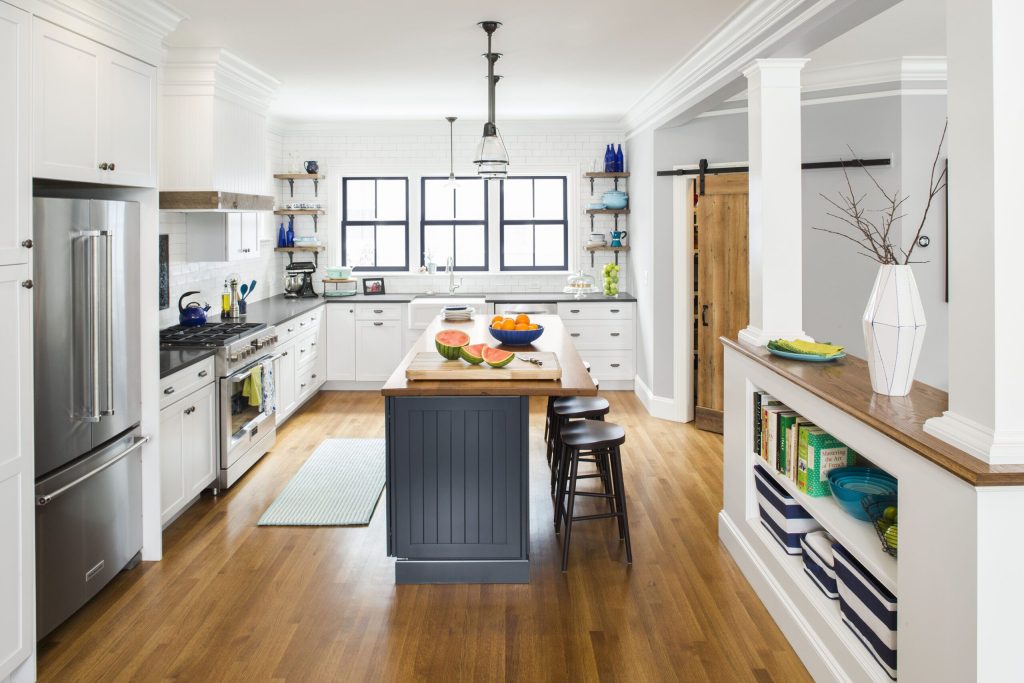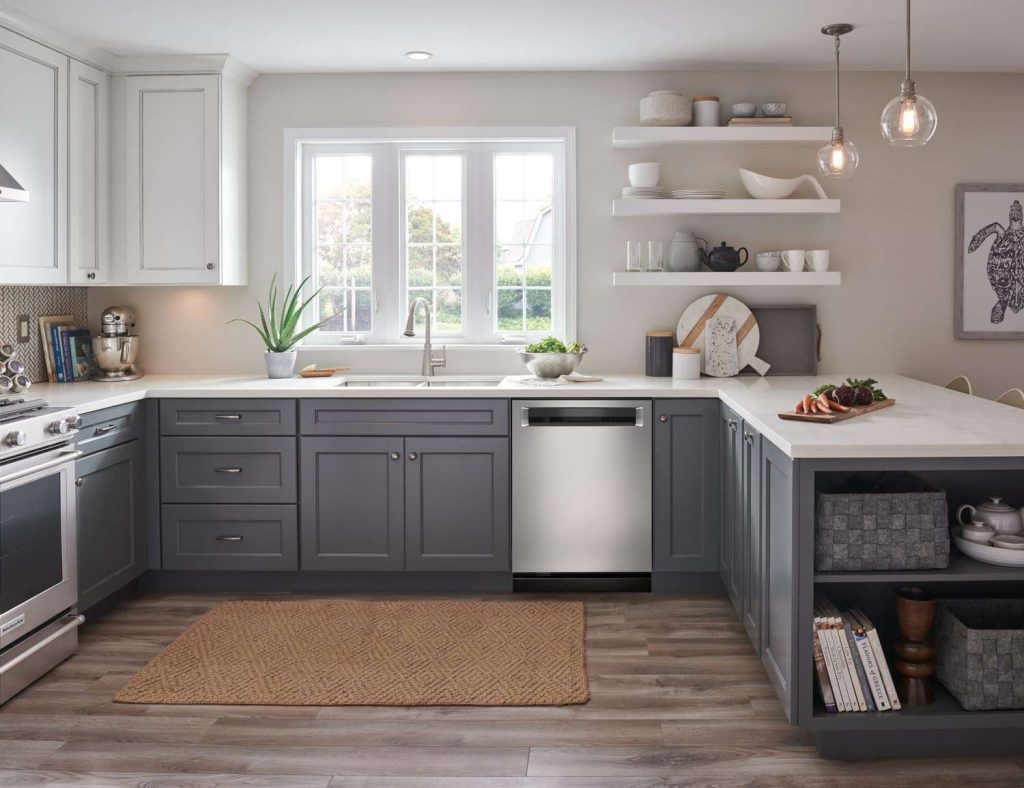How to Keep Your Pets Safe During Your Remodel: A Comprehensive Guide
Remodeling your home can be an exciting yet disruptive process, and ensuring the safety and well-being of your pets during this time is crucial. Pets can be particularly sensitive to changes in their environment, and construction activities can pose various risks to their safety and health. This comprehensive guide will help you navigate the remodeling process while keeping your furry friends safe and comfortable.
1. Preparing for the Remodel: Pre-Construction Tips
A. Plan Ahead
- Create a Pet Safety Plan: Before the remodeling begins, outline a plan to keep your pets safe. Identify areas of the home that will be affected by construction and plan how to manage your pets’ access to these areas.
- Inform Your Contractors: Let your contractors know that you have pets. Discuss your plan for keeping pets out of the work areas and any specific concerns you might have about their safety.

B. Designate a Safe Space
- Choose a Safe Room: Select a quiet, secure room where your pets can stay during the most disruptive phases of the remodel. This room should be away from construction noise and dust.
- Prepare the Room: Equip the safe room with everything your pets need, including food, water, bedding, toys, and a litter box if necessary. Make it as comfortable and stress-free as possible.
C. Arrange for Temporary Housing
- Consider Boarding: If your remodel will be particularly disruptive or if your pets are likely to be very stressed, consider boarding them temporarily at a pet hotel or with a trusted friend or family member.
- Pet Sitting Services: Alternatively, hire a professional pet sitter to care for your pets in your home while ensuring they stay away from construction zones.

2. Managing Construction Disruptions
A. Controlling Noise and Dust
- Reduce Noise Levels: Construction noise can be distressing for pets. Try to minimize the noise by keeping them in their safe room during loud activities or providing white noise to help mask the sounds.
- Control Dust: Dust from construction can irritate your pets’ respiratory systems. Ensure that the work area is well-ventilated and consider using air purifiers to reduce dust in the air. Keep your pets away from dusty areas.
B. Securing Work Areas
- Barricade Construction Zones: Use gates, barriers, or other means to block off construction zones and prevent pets from wandering into these areas. Make sure that barriers are secure and high enough to prevent pets from jumping over.
- Lock Away Hazardous Materials: Store hazardous materials such as paints, solvents, and cleaning agents in secure cabinets or containers. Ensure that your pets cannot access these potentially harmful substances.
C. Monitoring for Safety
- Regular Checks: Regularly check that the construction area remains secure and that no hazardous materials are left out. Make sure that all tools and equipment are stored safely when not in use.
- Inspect for Hazards: Be vigilant about potential hazards like exposed wires, sharp objects, or uneven flooring. Address these issues promptly to prevent accidents.

3. Adjusting to Changes
A. Handling New Environments
- Gradual Introductions: If the remodel involves significant changes, such as new flooring or furniture, introduce these changes gradually to help your pets adjust. Allow them to explore new areas at their own pace.
- Positive Reinforcement: Use treats and praise to encourage positive behavior when introducing your pets to new elements in the home. This can help reduce their anxiety and stress.
B. Maintaining Routine
- Stick to a Routine: Try to maintain your pets’ daily routines as much as possible. Consistent feeding times, walks, and play sessions can provide comfort and stability amidst the changes.
- Provide Comfort Items: Keep familiar items, such as your pets’ favorite bedding and toys, in their safe space to provide a sense of security.
4. Ensuring Health and Well-Being
A. Monitoring Health
- Watch for Stress Signs: Remodeling can be stressful for pets. Monitor them for signs of stress or anxiety, such as excessive barking, hiding, or changes in eating habits. Consult your veterinarian if you notice any concerning symptoms.
- Keep Up with Vet Visits: Ensure that your pets are up-to-date on their vaccinations and health check-ups. If you have any concerns about their health during the remodel, don’t hesitate to reach out to your vet.
B. Managing Hygiene
- Clean Regularly: Regularly clean the areas where your pets spend time to prevent dust and debris from affecting their health. Vacuum and dust frequently to keep their environment clean.
- Wash Bedding and Toys: Ensure that your pets’ bedding and toys are regularly washed to remove any dust or contaminants. This helps maintain a clean and healthy environment for them.
5. Post-Remodeling Considerations
A. Reintroducing Pets
- Gradual Reintroduction: Once the remodel is complete, gradually reintroduce your pets to the newly renovated areas. Allow them to explore at their own pace and supervise their interactions with new features.
- Observe Behavior: Pay attention to how your pets react to the changes. If they show signs of discomfort or anxiety, provide additional support and comfort as needed.
B. Inspecting for Safety
- Check for New Hazards: After the remodel, inspect your home for any new potential hazards, such as sharp edges, loose fittings, or small objects that could pose a risk to your pets.
- Adjustments and Fixes: Address any issues promptly to ensure that your home is safe and comfortable for your pets.
C. Updating Pet Areas
- Refresh Safe Spaces: Update and refresh the areas where your pets spend the most time. Ensure that their bedding, toys, and other essentials are in good condition and that they have a comfortable space to retreat to.

6. Professional Advice and Resources
A. Consulting Experts
- Veterinarian: If you have specific concerns about your pets’ well-being during the remodel, consult your veterinarian for personalized advice and recommendations.
- Pet Behaviorist: For pets with heightened anxiety or behavioral issues, consider seeking the help of a pet behaviorist who can provide strategies for managing stress and adjusting to changes.
B. Additional Resources
- Pet Safety Guides: Refer to pet safety guides and resources for more information on keeping your pets safe during home improvements.
- Online Communities: Join online pet communities or forums to connect with other pet owners who have navigated similar situations. They can offer valuable insights and tips.
Frequently Asked Questions About Keeping Pets Safe During a Remodel
1. Is it safe for my pets to stay at home during a remodel?
Yes, if you have a clear safety plan. Designate a secure, quiet space away from the work zone and keep pets separated from hazardous areas, noise, and dust.
2. How can I protect my pets from construction dust and debris?
Keep pets in a closed-off, well-ventilated room away from the work zone, use air purifiers, and clean frequently. Wash their bedding and toys to remove dust buildup.
3. What hazards should I look for during remodeling?
Common hazards include sharp tools, nails, exposed wires, toxic materials like paint or solvents, and unsecured heavy objects. Inspect work areas daily and ensure everything is stored safely.
4. Should I tell my contractor I have pets?
Absolutely. This ensures they know to keep doors and gates closed, watch for pets near work zones, and take extra precautions with hazardous materials.
7. Conclusion
A. Recap of Key Points
Remodeling your home while keeping your pets safe requires careful planning and attention to detail. By preparing in advance, managing disruptions, ensuring health and well-being, and making adjustments post-remodel, you can create a safe and comfortable environment for your furry friends.
Remodeling is an opportunity to enhance your living space, and ensuring that your pets remain safe and happy during this process is a crucial aspect of the project. With thoughtful preparation and proactive measures, you can navigate the remodeling process smoothly while keeping your pets’ safety and comfort a top priority.
If you’re planning a remodel, take the time to develop a comprehensive pet safety plan and consult with professionals if needed. Keeping your pets’ well-being in mind will make the remodeling process more enjoyable and stress-free for everyone involved.
By following these guidelines and taking a proactive approach, you can ensure that your pets remain safe, comfortable, and happy throughout your home remodeling project.

